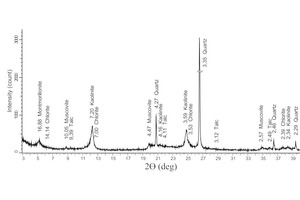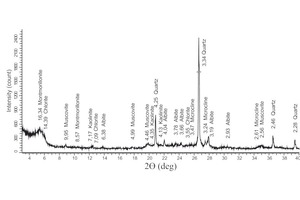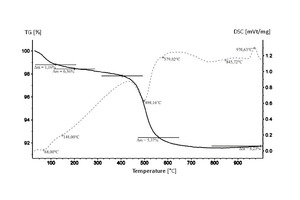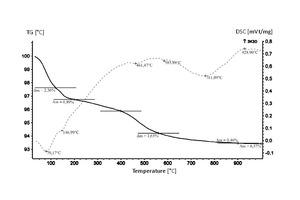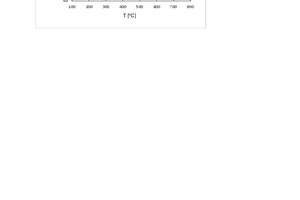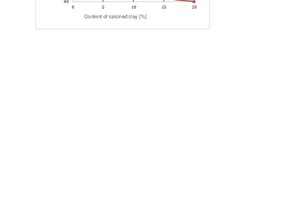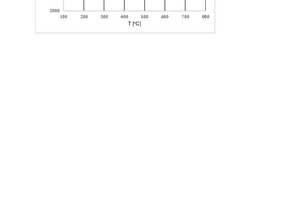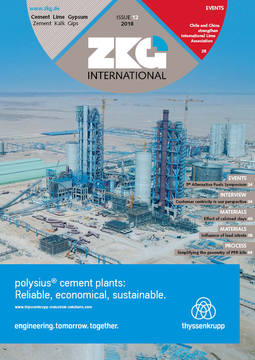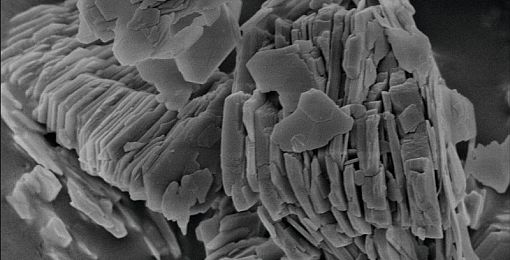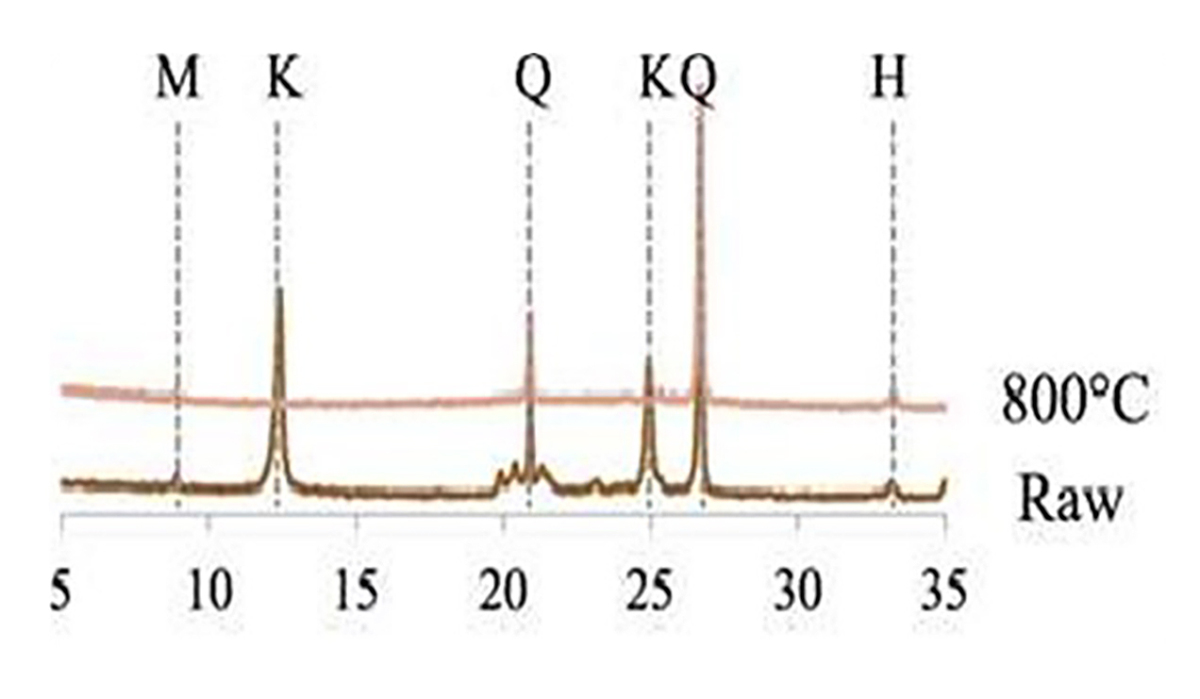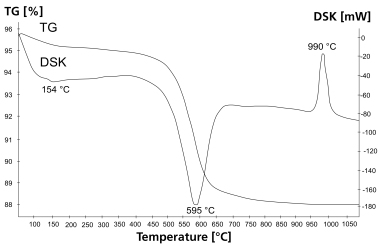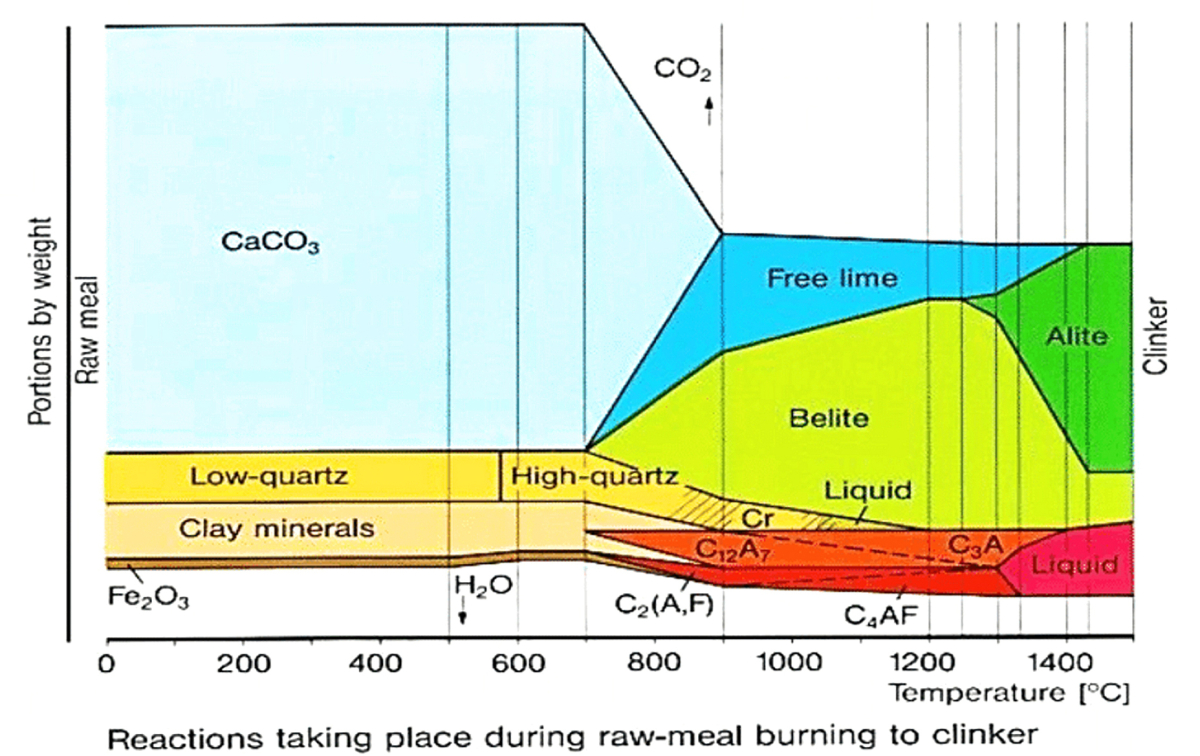Effect of calcined clays on the physical-mechanical properties of hardened Portland cement pastes
Recently, the attention paid by materials scientists to the research, development and application of Portland cements incorporated with calcined clays has substantially increased. This article presents the study results of how clays with different chemical and mineralogical composition calcined at different temperatures influence the properties of Portland cement paste. The results of this study allow us to conclude that it is possible to produce technically and economically effective supplementary cementitious materials for blended Portland cements based on the commonplace polymineral clays with relatively low energy costs on their thermal activation and grinding.
1 Introduction
Seven to eight thousand years ago, calcined clays in the form of flour from ceramic bricks and tiles were the first variety of reactive mineral additives for lime, gypsum and materials based on them [1, 2]. In the following millennia and up to the pres-ent time, natural pozzolans – volcanic ash, pumice, tuff, trepel, diatomite, flask, route, by-products and wastes – metallurgical and fuel slags and ashes, etc., have been used primarily for lime- and Portland cement-based binder systems [3, 4]. Expected growth in Portland cement production up to 5-6 billion t by 2050, and its...

